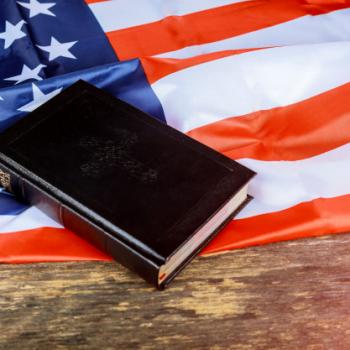Whenever I write sympathetically about religion, I get bombarded by tweets and notes from readers who normally agree with me but cannot abide by the idea that religious belief should be seen as intellectually serious.
And because I have written favorably about Pope Francis, I get more than my share of angry comments about the Catholic pedophilia scandal, which continues to haunt the church and troubles even its most loyal members.
Getting lambasted doesn’t bother me. On the contrary, citizens talking back to the purveyors of opinion is a glorious aspect of free speech. But my correspondents underscore the existence of a strong anti-religious current within a segment of the liberal community that is both an important political fact and a potential problem for progressives.
Here’s the challenge: Americans who are left-of-center are far more religiously diverse than their opponents on the conservative side. When it comes to matters of faith, liberals and Democrats have a far more complicated task of coalition management — although religion also raises some serious difficulties for the right.
Consider the findings of a survey (in which I was involved) released last month by the Public Religion Research Institute and the Brookings Institution. Using the answers to a wide variety of questions, we created a scale that broke our respondents into four groups: Religious conservatives, moderates, progressives and the nonreligious.
Overall, we found that 28 percent of Americans could be classified as religious conservatives, 38 percent as religious moderates and 19 percent as religious progressives. An additional 15 percent were nonreligious.
Among supporters of the two parties, Republicans were far more cohesive. The analysis found that 56 percent of Republicans were religious conservatives and 33 percent were religious moderates. Only 5 percent were religious progressives and just 6 percent were nonreligious.
Democrats, by contrast, were all over our analytical map: 28 percent were religious progressives, 13 percent were religious conservatives, 42 percent were religious moderates and 17 percent were nonreligious.
Among self-identified political liberals, the proportion of nonreligious — essentially, the folks sending me those messages — was even larger: 31 percent of liberals were nonreligious, 33 percent were religious progressives, 30 percent were religious moderates and 6 percent were religious conservatives.
Read the rest here











